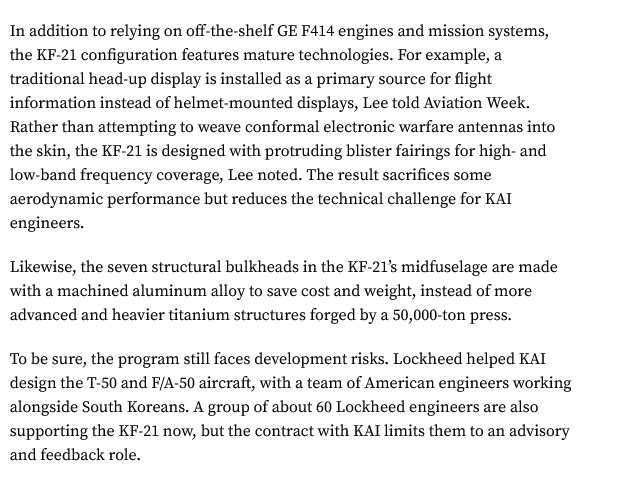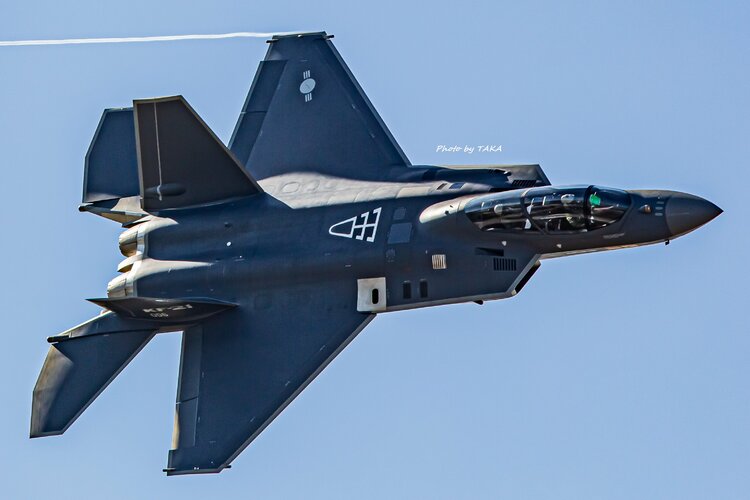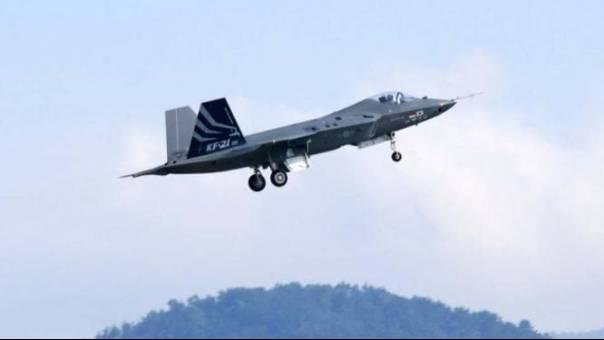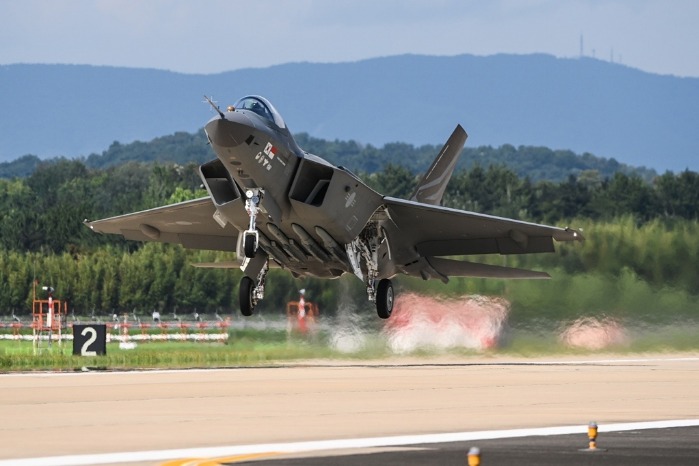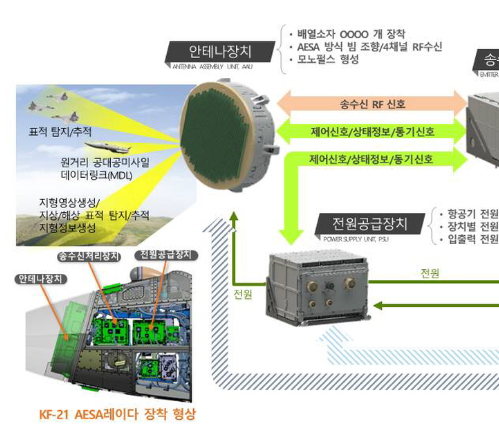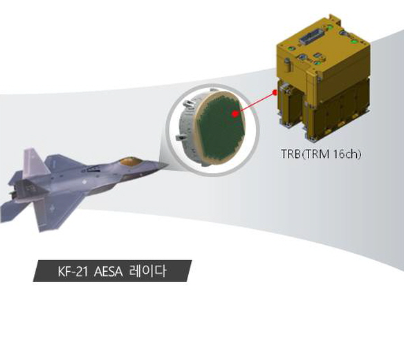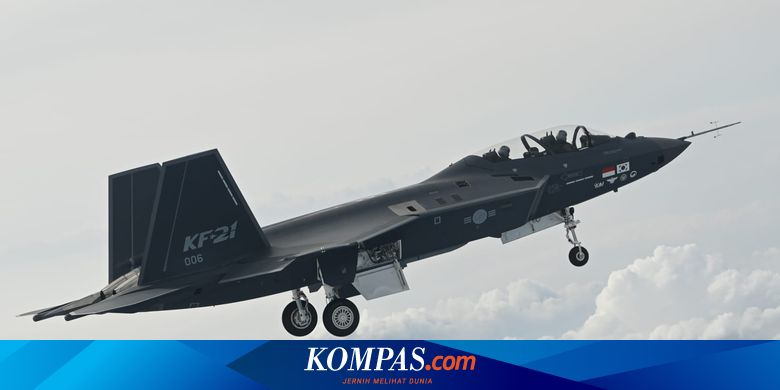(...)
In a workshop organized by the Foreign Policy Community of Indonesia (FPCI) in Jakarta on Friday (27/10/2023), TNI First Marshal Dedy Laksmono, Director of Defense Technology and Industry Directorate General Pothan Kemhan stated, "This is cooperation between countries and a national priority program. If it's a state program, whoever the government is, it should continue."
This statement responds to the issue of the halt in payment of Indonesia's cost-share commitment for the KFX/IFX project. As part of the initial 2014 deal, Indonesia bore 20 percent of the total cost of developing the "near-stealth" fighter jet. (...) Dedy admitted that the limitations of the State Budget are obstacles in paying Indonesia's cost-share, which reaches around Rp14 billion until 2026 for the development, engineering and manufacturing phases.
According to him, the Ministry of Defense is only able to allocate around Rp1.5 trillion per year for KFX/IFX development contributions, an amount far from enough to pay Indonesia's obligations. "For our budget in Kemhan, the obligation is very difficult. We have proposed an increase in the budget, but the Minister of Finance said we can't," Dedy said.(...)
Meanwhile, Woo Bong Lee, Chief Representative Officer of KAI Indonesia Office, stated that Korea allocated as much funds as possible to continue the KFX/IFX project. (...). He hoped that the governments of the two countries could soon find a middle way to overcome these funding barriers, so that the partnership between Korea and Indonesia could continue to be maintained. (...)
Through the KFX/IFX development cooperation, the two countries will produce 120 fighter jets for Korea and 48 fighter jets for Indonesia. In addition, Indonesia will also receive technology transfer that will encourage the domestic defense industry to produce KFX/IFX aircraft to market globally.

